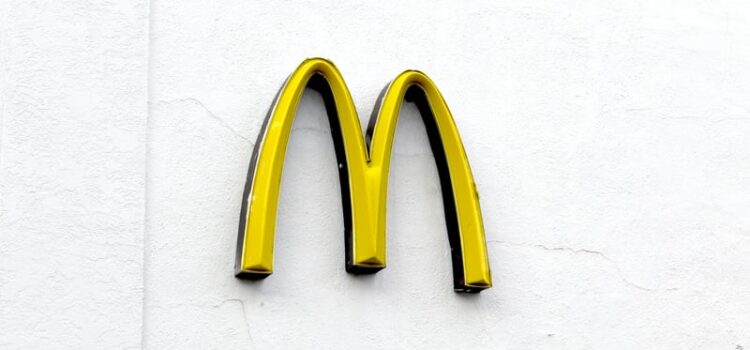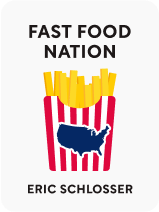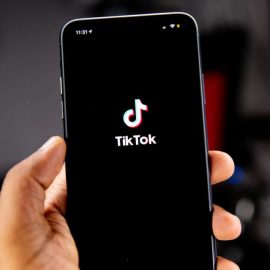

This article is an excerpt from the Shortform book guide to "Fast Food Nation" by Eric Schlosser. Shortform has the world's best summaries and analyses of books you should be reading.
Like this article? Sign up for a free trial here .
What is the happy meal marketing strategy? Why are kids so important to the marketing of fast food?
The happy meal marketing strategy is just one way that fast food restaurants market to kids. Kids are their target audience, and fast food restaurants use the happy meal marketing strategy to get people to buy their products.
Read more about the happy meal marketing strategy and how fast food restaurants market to kids.
Happy Meal Marketing Strategy: A Symbiotic Relationship
The efforts of fast food chains to market to children extend far beyond conventional ad buys. The industry works hand-in-glove with toy companies and film studios (with whom they share a target audience) to cross-promote their products across one another’s platforms. The most famous example of this is the Happy Meal, within which McDonald’s packages the hottest children’s toys as a “free” promotion. This drives further sales of both the Happy Meals and the toys—achieving a perfect synergy between McDonald’s and the toy industry.
Major toy crazes like Pokemon cards, Beanie Babies, Tamogotchis, and Cabbage Patch Kids have all been boosted by synergistic fast food tie-ins. In just 10 days in 1997, McDonald’s sold approximately 100 million Happy Meals thanks to its Teenie Beanie Baby cross-promotion with the toy company Ty.
Film studios have also gotten in on the shared cash streams from the fast food giants, forging deals to promote toys and collectibles featuring their movie characters in fast food meals. This has only strengthened the bond between Hollywood and fast food, with top executives frequently moving back and forth between the industries. This symbiotic relationship was epitomized by a historic 1996 global marketing agreement brokered between McDonald’s and Disney, which gives them exclusive rights to cross-promote one another’s products. The two brands, forged by two similar men with a similar vision for the future of American capitalism, were now forever entwined.
(Shortform note: Fast Food Nation was published in 2001, so some of the references in the book are a bit out-of-date. In more recent years, McDonald’s has promoted toys from films such as Toy Story 4, Incredibles 2, and Spider-Man: Into the Spider-Verse.)

———End of Preview———
Like what you just read? Read the rest of the world's best book summary and analysis of Eric Schlosser's "Fast Food Nation" at Shortform .
Here's what you'll find in our full Fast Food Nation summary :
- How the fast food industry reshaped the American economy
- How fast food marketing is manipulating you
- Why the rise of fast food has destroyed family farms across America






